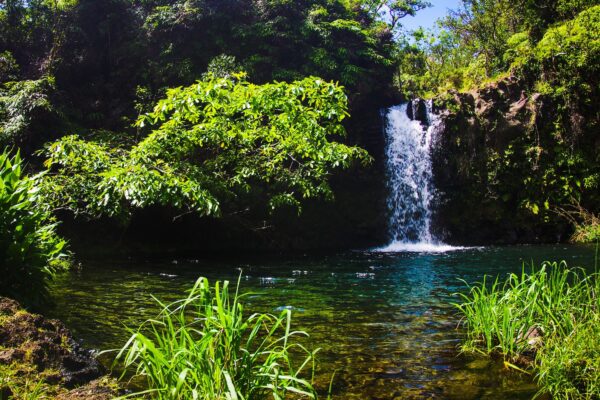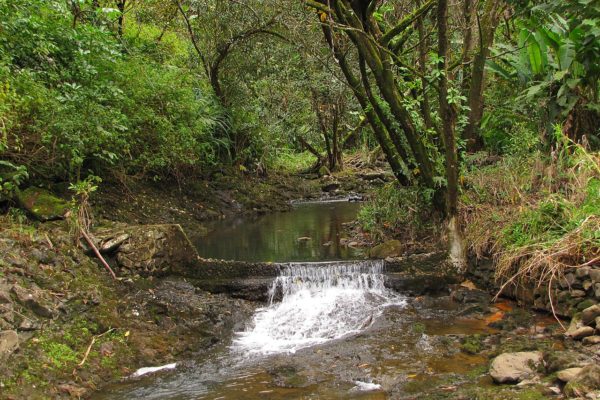From the article:
For more than 10 years, the Hawaiʻi office has been involved in a massive legal effort to restore freshwater, taken by sugar plantations, to the streams in which it rightfully belongs. The cases, which pit large companies against local residents, are often described as David and Goliath struggles and several of Earthjustice’s victories have been precedent-setting.
Kapua Sproat: When Earthjustice initially got involved in the water issues here in Hawaiʻi in the late 1980s and early 90s, it was a really unique time in Hawaiʻi’s history. It was a time of immense change as the sugar cane plantations and pineapple plantations that had really dominated all life in our islands for at least 150 years began to be phased out for other economic alternatives like tourism and the military. For over a century our public trust resources had been managed as private commodities of a handful, maybe five or so, companies. And so there was a groundswell of change where community members stepped forward to try to return our public trust resources to public management and control. During that time, one of the first cases to come up was the Waiāhole case that Earthjustice was very privileged to participate in by partnering with a handful of small family farmers and native Hawaiian interests on the windward side of Oʻahu. We were very fortunate to be part of this groundswell of change and to try to bring our legal expertise to partner with communities that had already provided the framework for the public trust management of our resources.
Jessica: In 2000, the Hawaiʻi Supreme Court issued a landmark decision directing the state to consider the public interest in protecting and restoring the stream systems. That decision had a direct effect on the case in Maui that Isaac and you are both involved with?
…Isaac Moriwake: Well, in 2004 Earthjustice teamed up with community groups on Maui that wanted to extend the Waiāhole precedent and the mandate there to restore streams to the communities in Nā Wai ʻEhā, or the Four Great Waters on Maui. This is in central Maui on the windward side of the west Maui mountains. And so Kapua and I got involved and engaged the community to bring a legal action before the state water commission to restore these legendary streams to their former glory.
Jessica: And so what kind of effect were these water projects having on the environment and on Maui’s people?
Isaac: Well, like other diversions across the islands, these diversions on these particular streams take much or all of the flows during normal, non-rainy conditions and leave these streams completely bone dry below the diversions. These diversions used to be for large-scale plantation agriculture, but as plantation agriculture has phased out across the state, including in this Na Wai Eha area, these plantations are now changing to water companies. In the Nā Wai ʻEhā case, what used to be the Wailuku Sugar Plantation is now the Wailuku Water Company, and they’re actively trying to sell the diverted stream water to the public. This is against the law of Hawaiʻi, which very clearly establishes that water and flowing streams are a public trust resource and not the private property of these plantation companies.

These diversions have been going on for decades and sometimes, as in the case of Nā Wai ʻEhā, for more than a century. And through this long period of abuse it really has devastated the biological and the ecological integrity of the streams but also the cultural system, this native Hawaiian culture that depends on free-flowing streams for the stream life that the stream flows feed, for the near shore marine life and resources that the freshwater entering the streams sustain. Stream flow is also essential for cultivating kalo or taro, which is the native Hawaiian staple and really the symbol of native Hawaiian culture. All these resources over the years declined because of these large-scale plantation diversions. And we really saw this in vivid detail when in 2004 we met with the community on Maui in Nā Wai ʻEhā where basically over a century of abuse and exploitation of the water resources have left the streams dry and the communities deprived of this lifeblood of their culture.



